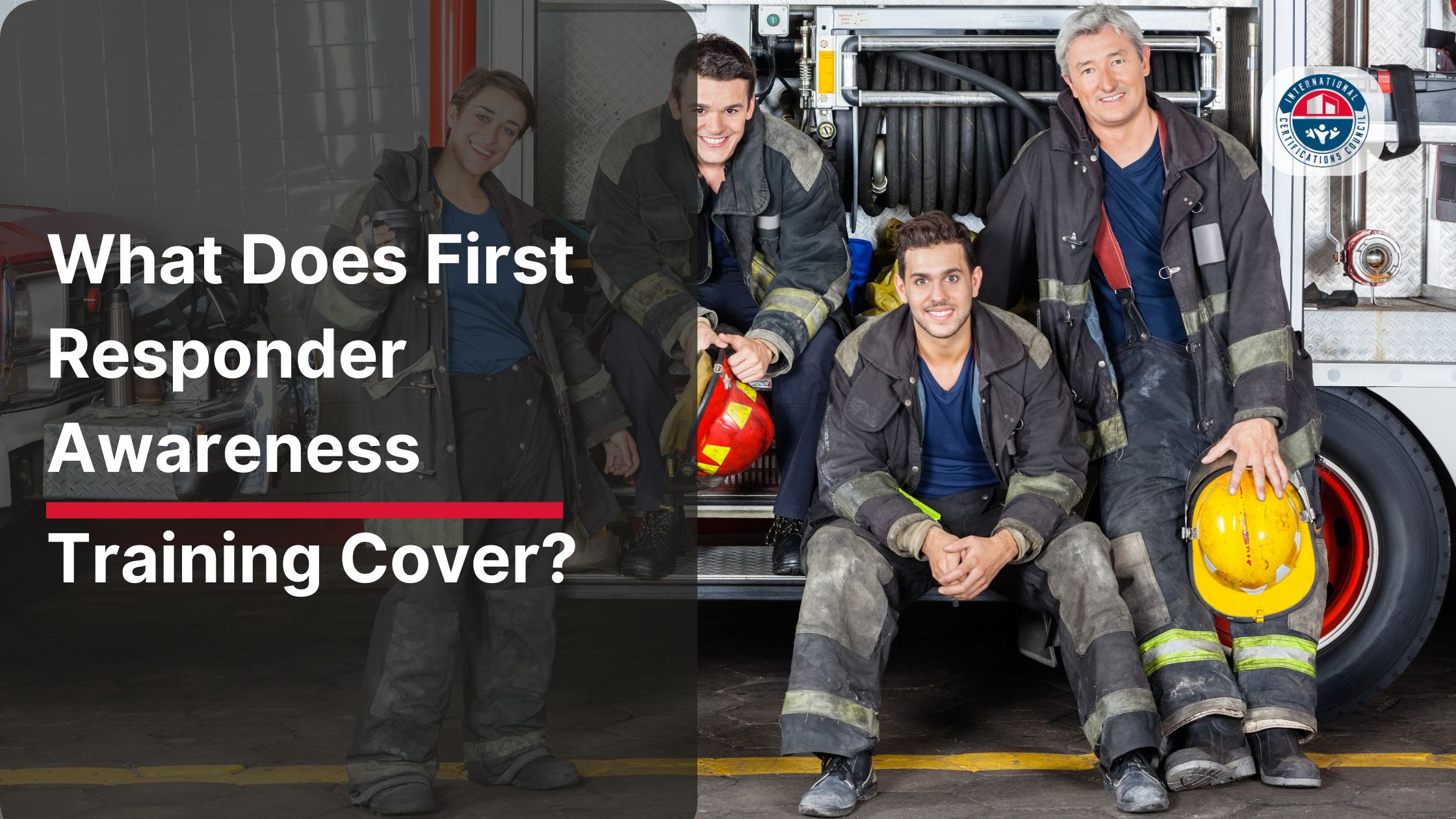What is the awareness level of a first responder?
The awareness level is the entry point for anyone who might arrive first at an emergency scene.
- They learn to identify dangerous situations, such as chemical spills or fires, without taking direct action to fix them.
- Their main job is to protect themselves, keep others at a safe distance, and contact trained specialists.
- This level is crucial for quick hazard recognition and immediate communication with emergency services.
- First responder awareness helps prevent further harm by keeping untrained individuals from rushing in and making things worse.
- Common examples include law enforcement officers, firefighters, or community volunteers who need to know when to stay clear and how to call for proper assistance.
How many hours of recommended training does an awareness-level responder need?
Most programs suggest around eight hours of instruction at the awareness level.
- This time covers the basics of hazard recognition, safe distances, and proper reporting procedures.
- Instructors typically use real-life scenarios to show how quickly small incidents can become major emergencies.
- TTrainees learn which government agencies or specialized teams to call when they spot signs of hazardous materials.
- The focus is on building confidence so responders don’t freeze up or overlook important details.
- This short yet vital course ensures that people who may encounter emergencies can take the right steps to protect the public.
What does the first responder awareness-level training emphasize?
It emphasizes spotting problems fast and contacting the right help immediately.
- Trainees discover common warning signs, like chemical odors or unusual labels on containers.
- They also learn how to position themselves to avoid potential harm, which might include staying upwind of a suspected leak.
- Communication is key, so they’re taught who to call and what details to share, such as location and type of hazard.
- Rather than rushing in, responders at this level focus on controlling crowds and staying safe.
- This preparation lowers the risk of injuries and ensures experts handle the situation properly.
What are first responders trained to the awareness level able to do?
They can quickly recognize hazards, keep bystanders safe, and notify specialized teams.
- Their training covers basic identification of chemicals or materials that pose a threat.
- They learn to cordon off or mark the area, so curious onlookers don’t wander into danger.
- Awareness-level responders know how to communicate vital information to agencies like the fire department or a hazmat unit.
- They’re not expected to contain or clean up anything, but they do understand basic safety steps.
- This skill set allows them to be effective observers, protecting lives until more advanced crews arrive.
What are the 3 C’s of a first responder?
They’re Check, Call, and Care.
- Check: Look around to make sure it’s safe before you do anything. Notice if there are spills, smoke, or other hazards.
- Call: Reach out to 911 or another emergency service right away. Give clear details about what’s happening and where.
- Care: If it’s safe, offer comfort or basic help to anyone who’s hurt, like guiding them away from danger.



